RealSpace Delta II
The McDonnell-Douglas Delta II was a multi-stage, medium lift, expendable launch vehicle used from 1989 until 2018. It was used to send payloads to low Earth, geosynchronous, and heliocentric orbits, including the Kepler space telescope, the WMAP satellite, Mars Pathfinder rover and Phoenix lander, and the MESSENGER probe sent to study Mercury. The Delta II had a 98.7% success rate, with only two failures and more than 100 consecutive successes.
The Delta II main stage was originally derived from the Thor IRBM, powered by an RS-27A engine burning LOX and RP-1; though liquid fueled, it was not throttleable or restartable. In addition, the Delta II could employ 2, 4, or 9 solid rocket boosters: the 7000 series used Graphite-Epoxy Motors, which had carbon fiber-reinforced polymer casings making them considerably lighter than the steel-cased Castor engines of the 6000 series. When using 9 boosters, 6 would ignite on the ground and the remaining three would light upon burnout of these 6.
The 2nd stage was an Aerojet AJ10 using a hypergolic mixture of Aerozine-50 and N2O4. These fuels are highly corrosive and, once prepped, the stage would need to be launched within 37 days. For missions heading beyond LEO, a 3rd stage was needed.
An interesting piece of trivia has that the Delta II is the only space debris ever to strike a human; Lottie Williams was exercising in a park in Tulsa, OK in 1997 when she was hit on the shoulder by a 6-inch piece of blackened metallic material; U.S. Space Command identified the debris as coming from a 1996 Delta II launch. She was unharmed.
Speaking of debris, though, the Delta II also holds the unfortunate distinction of being a heavy contributor to the space junk in LEO; often left in orbit with enough fuel to explode, Delta IIs have been involved in a number of “fragmentation” events.
The Kit
The RealSpace 1/144-scale Delta II contains 23 3D-printed resin parts. This is perhaps an unusual subject: as an uncrewed rocket, it lacks the glory and grit of, say, the Moon missions. Nonetheless, these rockets are marvelous technological contraptions and the Delta II in particular deserves a spot on any space modeler's shelf.
At 128 feet tall, the 1/144-scale rocket is around 10.5 inches long:
The main rocket body is formed from two cylindrical pieces, with the 3rd stage/fairing a separate piece. Easy as pie to put together and there is no trouble with fit. The nine SRBs were a tad bowed and needed to be straightened out: I heated them with a hair dryer for several seconds and then just bent them with my fingers.
The main issue I've had with 3D printed models is that there are often surface patterns and other artifacts from the printing process. Sometimes these patterns run down into the piece and so cannot be simply sanded off. This model in particular needed a good all-around sanding to get it into an acceptable state.
The Delta II has a distinctive blue/green color (called "Delta Blue"). It was originally a primer used under the base white coat on predecessor rockets; to improve performance and so shed some weight, this base coat was left off of production Delta IIs. According to Collectspace, "Outside the space program, "Delta Blue" is formally known as Federal Standard 25193. Considered a shade of cyan, it is comprised of 36.47 percent red, 55.69 percent green and 58.82 percent blue. Delta Blue has an approximate wavelength of 488.02 nanometers." I was unable to find any model paint with this exact FS code, but after doing a bit of digging online I settled on Mr. Color 391, Interior Turquoise, formulated to match the blue/green color of Soviet cockpits.
After assembling the main body and getting everything painted, it was time to attach the SRBs. These need to be equally spaced around the main stage and require some careful placement, which can be challenging with CA glue. My method was to tape the SRB in place and then apply a tiny squeeze of ultra thin CA at the bottom joint, using a plastic fine applicator tip. This is a dangerous process, since ultra thin CA is about as viscous as water, and it will just run everywhere, including onto your fingers. But, it also flows nicely into tight joints, so you can get away with holding parts in place and then glueing. It's a blessing and a curse, I suppose.
The decals allow a choice of mission: Mars Pathfinder, Mars Global Surveyor, and Motorola Iridium. I selected the Global Surveyor and made a few changes to the paint scheme to accord with the photographs I could find of this launch. Incidentally, I could find virtually zero photographs of the RS-27 engine online, and so I went with Alclad Burnt Iron and dry brushed a bit of Mr Color 159 Super Silver to bring out some texture:
I ran into some trouble with the decals: they seemed to go down fine (without any setting solutions) but after a few hours were coming unstuck: I applied a bit of Micro Set, then a while later some Solvaset. I don't know what did it, but the decals started to wrinkle up. I applied several more rounds of Solvaset, and tried pressing out the wrinkles with a cylindrical eraser rolled over the decal. This actually worked OK, and probably would have been good enough had I not lifted a small speck off the decal on a final roll. This I tried to touch up with a dab of white paint, which I think we all know never looks right. Most graciously, when I reached out to Glenn from RealSpace to purchase another set of decals, he sent me three more sets for free. Right on. I was able to remove the wrinkled decals without too much hassle, lightly sanded and repainted. New decals went down fine with no setting solution.
As expendable vehicles, these rockets were always new on the launch pad. Beyond a small amount of enamel wash (Tamiya Gray) to create some contrast, there isn't much to be done to these subjects to really bring out the realism. Indeed, the finished kit looks a bit like it belongs on the edge of some NASA executive's desk.
Finally, I finished it off with a coat of Alclad Semi-Matte varnish.
As with RealSpace's other offerings, the kit does not come with a display stand. While the rocket will stand upright on its RS-27 engine, it's not exactly stable. I've found that figurine or doll display stands work well for this -- they are cheap and come in multipacks, and made of adjustable clear plastic:
Finally, I should add that this is not a challenging kit by really any measure. For most (perhaps all) modelers, the fun of modeling is more in the journey than the destination. So, what's the point? For me, the destination is not a single subject, but a collection of 1/144-scale launch vehicles charting the evolution of rocketry and space travel, from Freedom 7 to the Antares to the SLS. Indeed, some of these subjects will be almost trivial to build, but they're just steps along the way. I look forward to charting this evolution here, using models to breathe some life into this amazing story of discovery and invention.
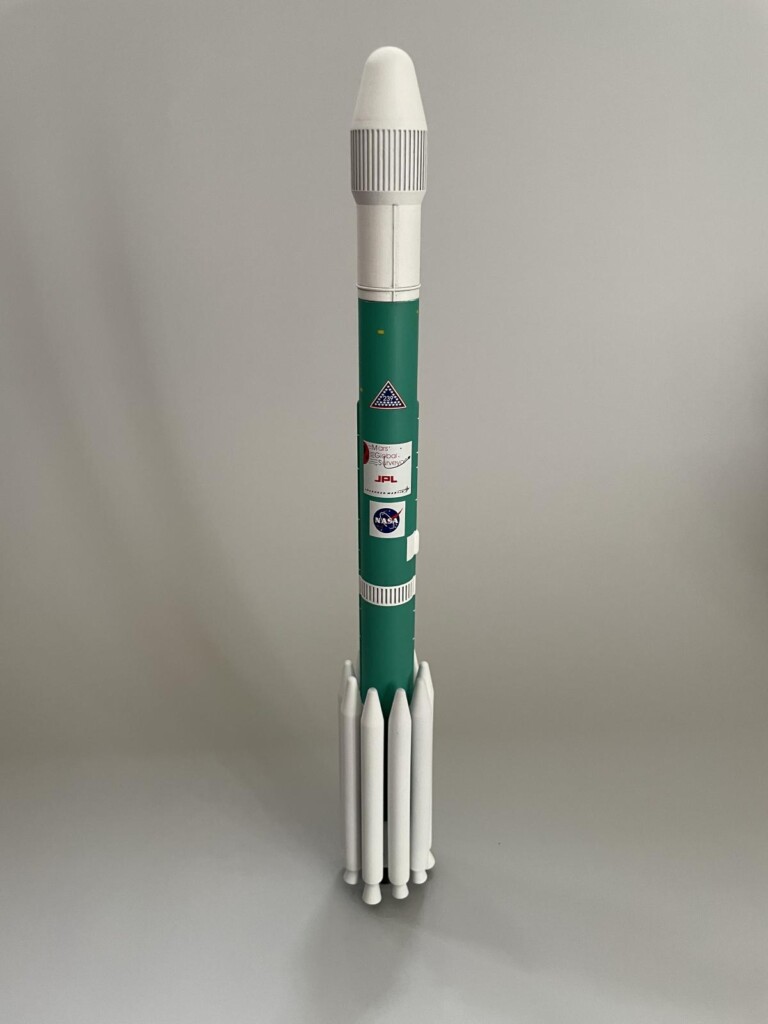

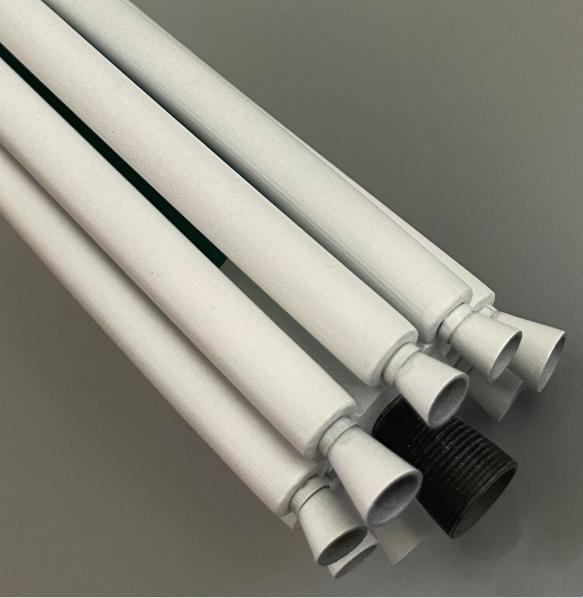
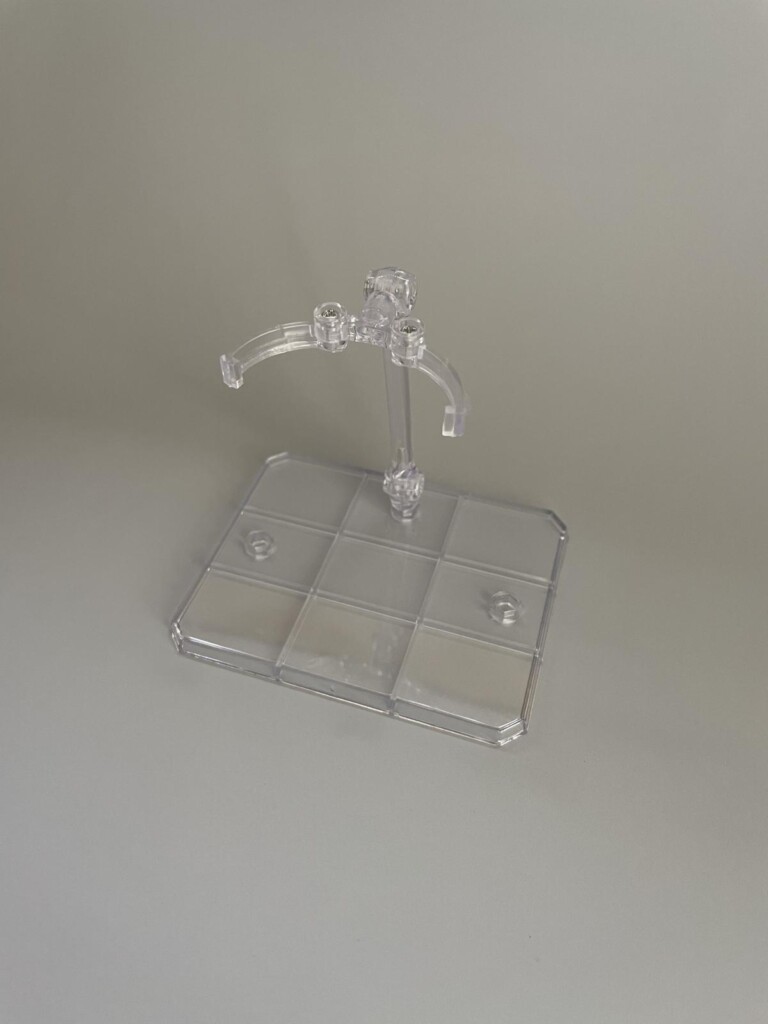


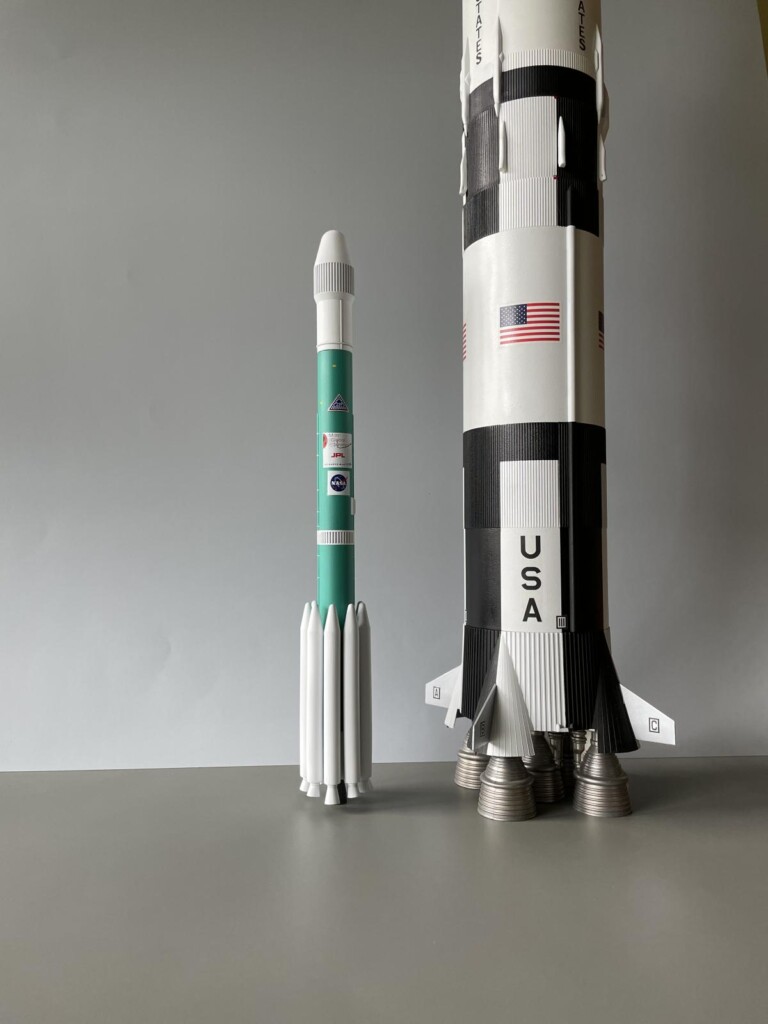

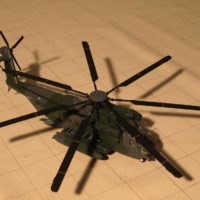

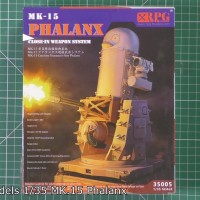
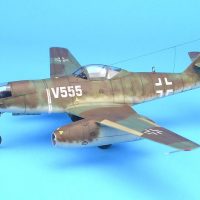
@bapowellphys - Very cool build Brian. The collection will be incredibly impressive when they're all together!
Amazing model, Brian! Great write up too! Looking forward to to the rest of the collection!
Very nice addition to your collection, Brian @bapowellphys
Well done.
Well done all around, Brian!
Post the Sat V ?
Informative write-up, great model, and excellent after sales service from RealSpace.
Nice work on the rocket and an excellent write up. Need to check out RealSpace!